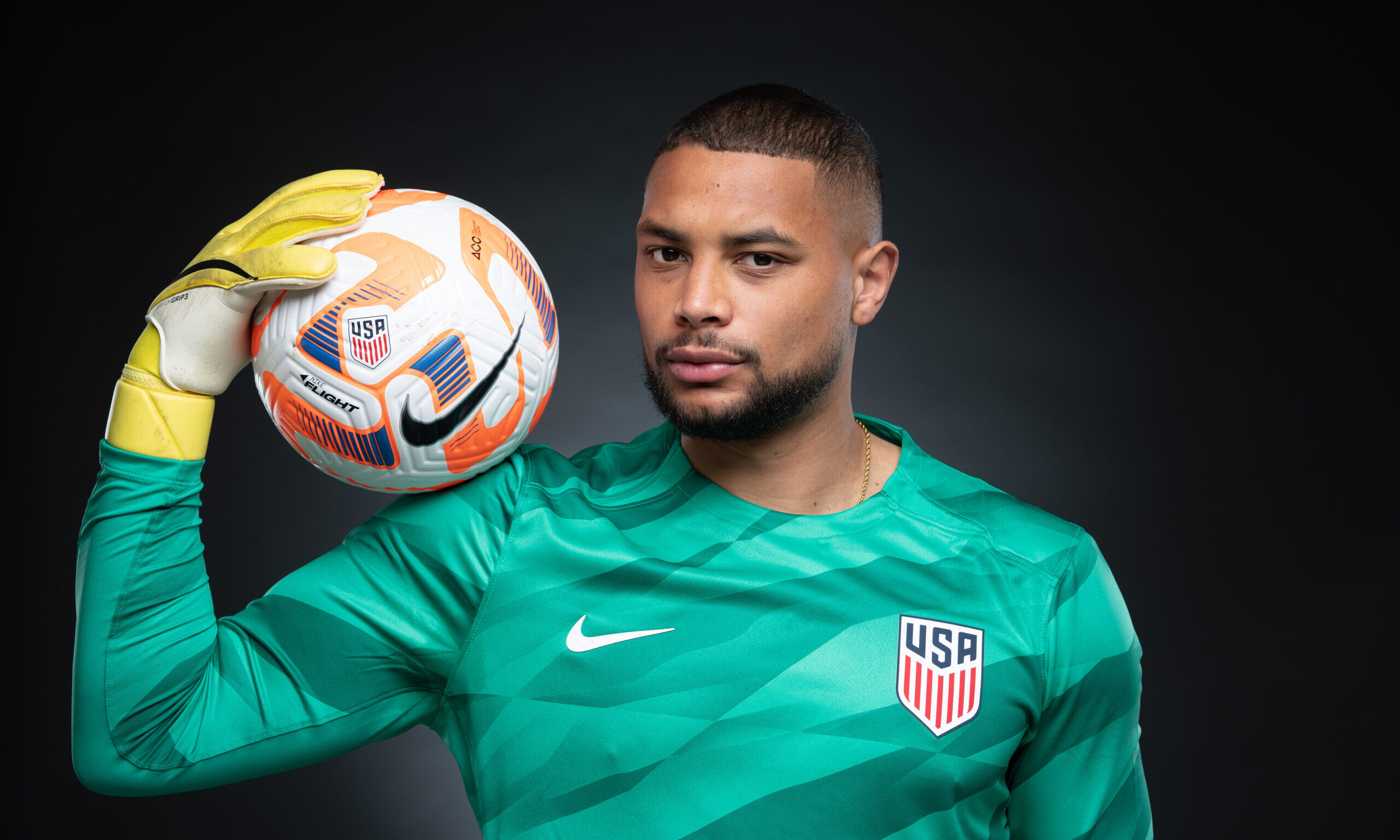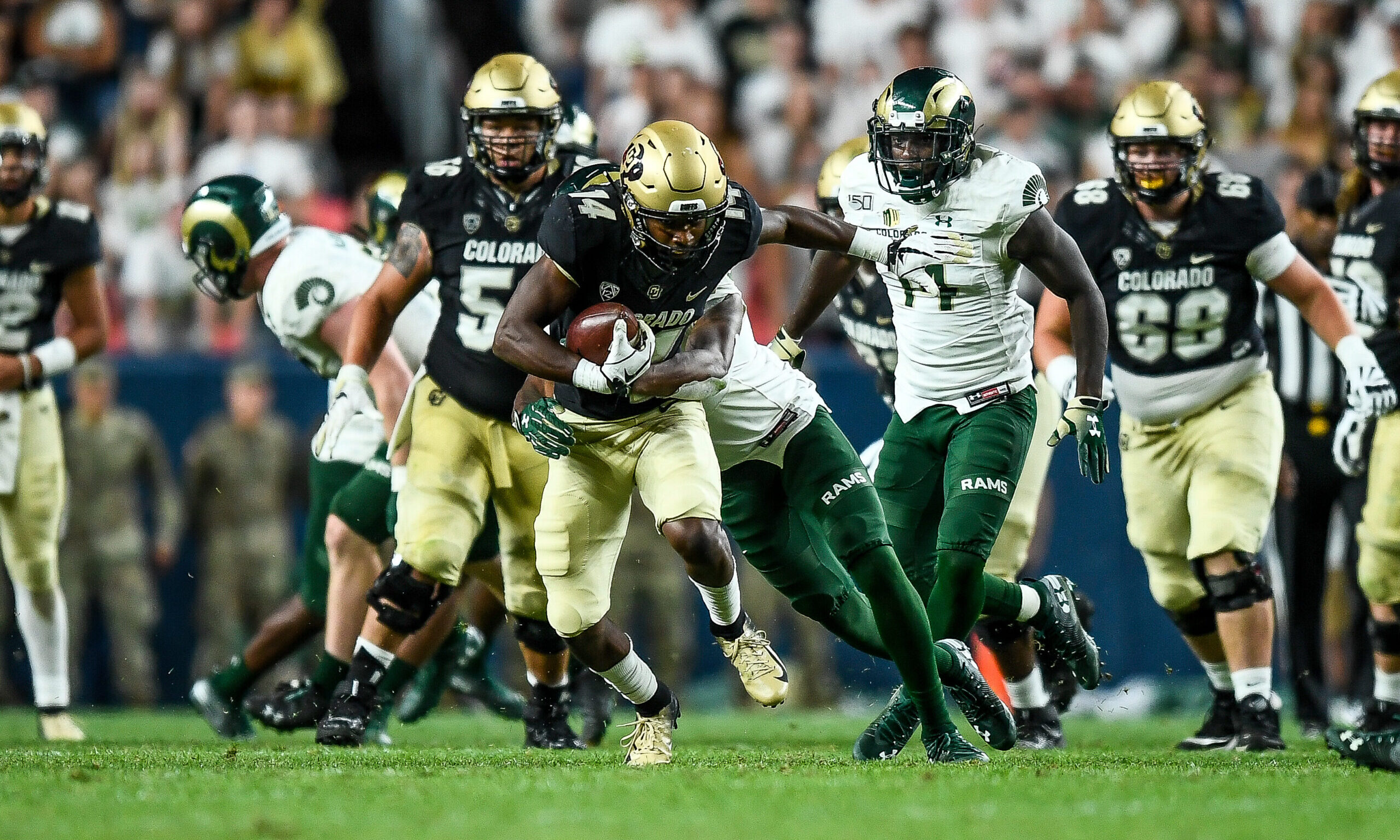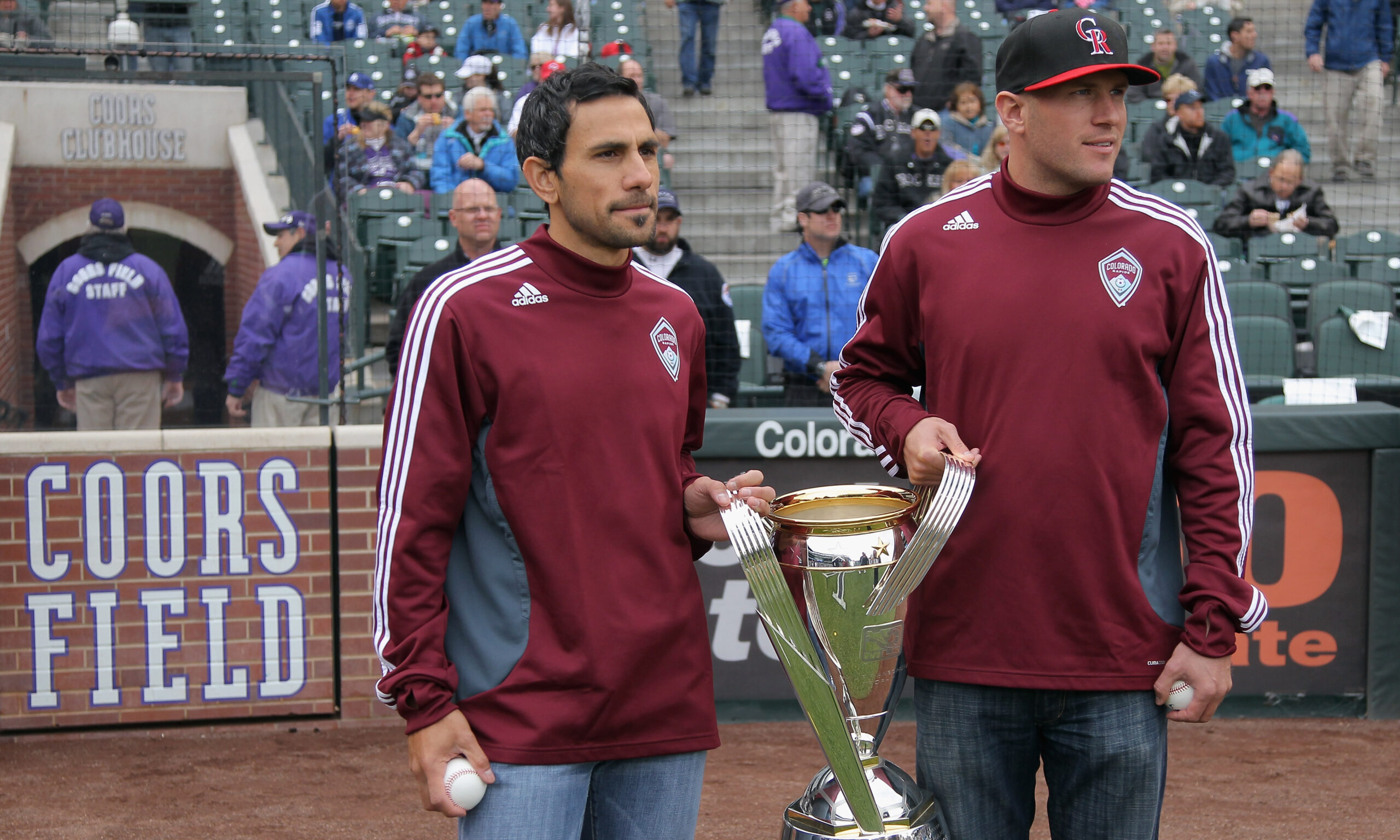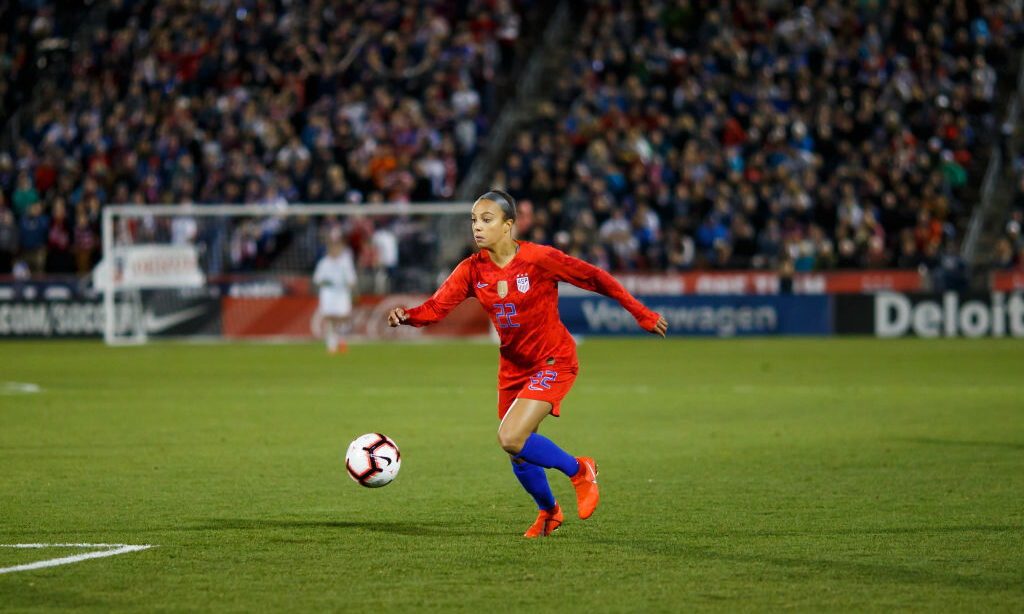Ten years ago, a truly iconic Colorado sporting event took place: Snow Clasico
Mar 22, 2023, 1:54 PM | Updated: Mar 23, 2023, 9:48 am
Few things are more truly Colorado than a romp through a snowstorm. And when it involves high stakes, a national team and a blizzard of hurt feelings on the other side, it becomes something legendary.
Ten years ago, on March 22, 2013, all of that came together at Dick’s Sporting Goods Park.
The U.S. men’s national soccer team faced Costa Rica in qualifying for the 2014 World Cup Finals. And as kickoff approached, a storm hit — one that would dump an estimated six inches of snow onto the pitch. It deterred precious few of the 19,734 onlookers who packed every nook and cranny of the stadium.
Now, soccer is played in most conditions. Typically, matches are postponed only if the playing surface is frozen or waterlogged, or if lightning is in the area. But earlier on the day of the Costa Rica-USA match, a Northern Ireland-Russia duel was postponed due to heavy snowfall. Costa Rica’s coaches and players believed — or at least hoped — that CONCACAF would reach the same decision.
But with a yellow-and-purple ball to contrast with the white snow, the word came down: Game on.
It wasn’t so bad at first — because it had not been all-day snow event. For most of the afternoon, temperatures dropped from the lower 40s through the 30s as a front blew through. Hours before kickoff, the issue was wind, which saw gusts reach near-tropical-storm strength. The snow began roughly two hours before the 8 p.m. kickoff and intensified from there.
But eventually, the snow reached a point where stadium workers couldn’t even keep the lines on the field clear. That is typically a standard for continuing to play amidst such conditions. And that’s what drew the Ticos’ ire.
1️⃣0️⃣ YEARS AGO:
𝙎𝙣𝙤𝙬𝙘𝙡𝙖𝙨𝙞𝙘𝙤 🥶
📸 Gallery » https://t.co/QwnjLR3hbT pic.twitter.com/P26jU3V7eC
— U.S. Men's National Soccer Team (@USMNT) March 22, 2023
Just moments after frantic halftime attempts to clear lines and make the field passable, the ball could barely roll across the snow-covered field. Referee Joel Aguilar temporarily halted the match in the 55th minute. The captains joined him in conversation. From the touchline, U.S. manager Jurgen Klinsmann frantically lobbied to continue play.
Then, the order arrived: Play on.
“You could not see the lines; you could not see the ball; this could not be played,” Costa Rica midfielder Michael Barrantes lamented after the game.
Costa Rica struggled to generate any kind of consistent attack in the game. Meanwhile, the U.S. took a 1-0 lead on Clint Dempsey’s 16th-minute strike following a deflection, and made it stand up for the win.
16' – GOALLLLLLLLLLL!!!!!!!!!! @clint_dempsey pounces on @JozyAltidore's deflection! The 32nd goal of Deuce's international career is a THING OF BEAUTY!
🇺🇸1-0 🇨🇷| #SnowClasicoReplay pic.twitter.com/pVH9Ff7uMQ
— U.S. Men's National Soccer Team (@USMNT) March 22, 2020
The early lead proved crucial; as conditions deteriorated, the U.S. didn’t try to force the issue, protecting its advantage. An offsides call wiped out a potential Costa Rica goal in the 70th minute, and that was that.
“It was difficult out here to see anything,” Dempsey acknowledged after the match.
The Costa Ricans filed a formal protest. As is usually the case with such things, it was shot down.
FULL-TIME! The #USMNT *digs deep* to take all three points vs. 🇨🇷!#SnowClasicoReplay pic.twitter.com/T46hOyuy7s
— U.S. Men's National Soccer Team (@USMNT) March 22, 2020
Facing accusations of gamesmanship, the U.S. side shrugged. One couldn’t blame them, as trips around North America, Central America and the Caribbean for World Cup qualifying were frequently adventurous, defined by raucous crowds that often cross the line of good taste. Throwing batteries, shoes and urine bombs — plastic bags filled with liquid waste — at visiting players taking corner kicks was been part of the experience historically.
The atmospheres are tamer now, although homophobic chants — which were, sadly, recently heard at Rapids home matches this month — persist.
The legacy of Snow Clasico is fascinating. It helped launch the U.S. back to the World Cup Finals, where it advanced beyond the group stage before falling in extra time to Belgium. But it also aided Costa Rica’s side, which came together, throttled the U.S. 3-1 in the qualifying-stage rematch and had its deepest World Cup Finals run ever, advancing out of the group and winning in the Round of 16 before falling in the quarterfinals.
There have been other games at Dick’s Sporting Goods Park to take place in snowy or frigid conditions. None were more brutal than the CONCACAF Champions League matches there in February 2018 and again four years later. In the 2018 match versus Toronto F.C., the kickoff temperature was 3 degrees. In 2022, as the Rapids battled with Guatemalan side Comunicaciones F.C. in a match they ultimately lost on penalties, the wind chill plummeted to minus-8 in the second half.
Matches against the New York Red Bulls in 2016 and the Portland Timbers three years later also took place in snow; the Rapids won both.
But those duels didn’t reach the significance of the ultimate snow-globe match.
The men’s national team has only been back to Dick’s Sporting Goods Park for a competitive match once since then — a CONCACAF World Cup qualifier against Trinidad and Tobago on June 8, 2017. Its most recent matches in Colorado took place in the Nations League semifinal and final two years ago. All of those duels took place in June — decidedly out of the prime snowfall season in the Centennial State.
But U.S. soccer still likes the idea of forcing its Central American foes to deal with foul winter conditions. During qualifying for the 2022 World Cup, the U.S. side hosted Honduras in 3-degree conditions in St. Paul, Minn. Honduras pr
However, as other, newer soccer-specific venues rose across the nation, the chances of a return to Commerce City — and of another Snow Clasico — seem to decline with each World Cup cycle. During 2022 qualifying, the U.S. hosted its matches in Columbus, Cincinnati, St. Paul, Nashville, Orlando and Austin. All of those venues opened in 2017 or later.
Still, Colorado soccer fans will always have 2013 and the memories of arguably the most memorable men’s match to take place in the state.
“People are going to be talking about this game for years,” ESPN’s Ian Darke said during the broadcast.
He wasn’t wrong.
"This is a night that's gonna go down in @ussoccer folklore." – @IanDarke#SnowClasicoReplay pic.twitter.com/nkZaOrRrpK
— U.S. Men's National Soccer Team (@USMNT) March 22, 2020
***






